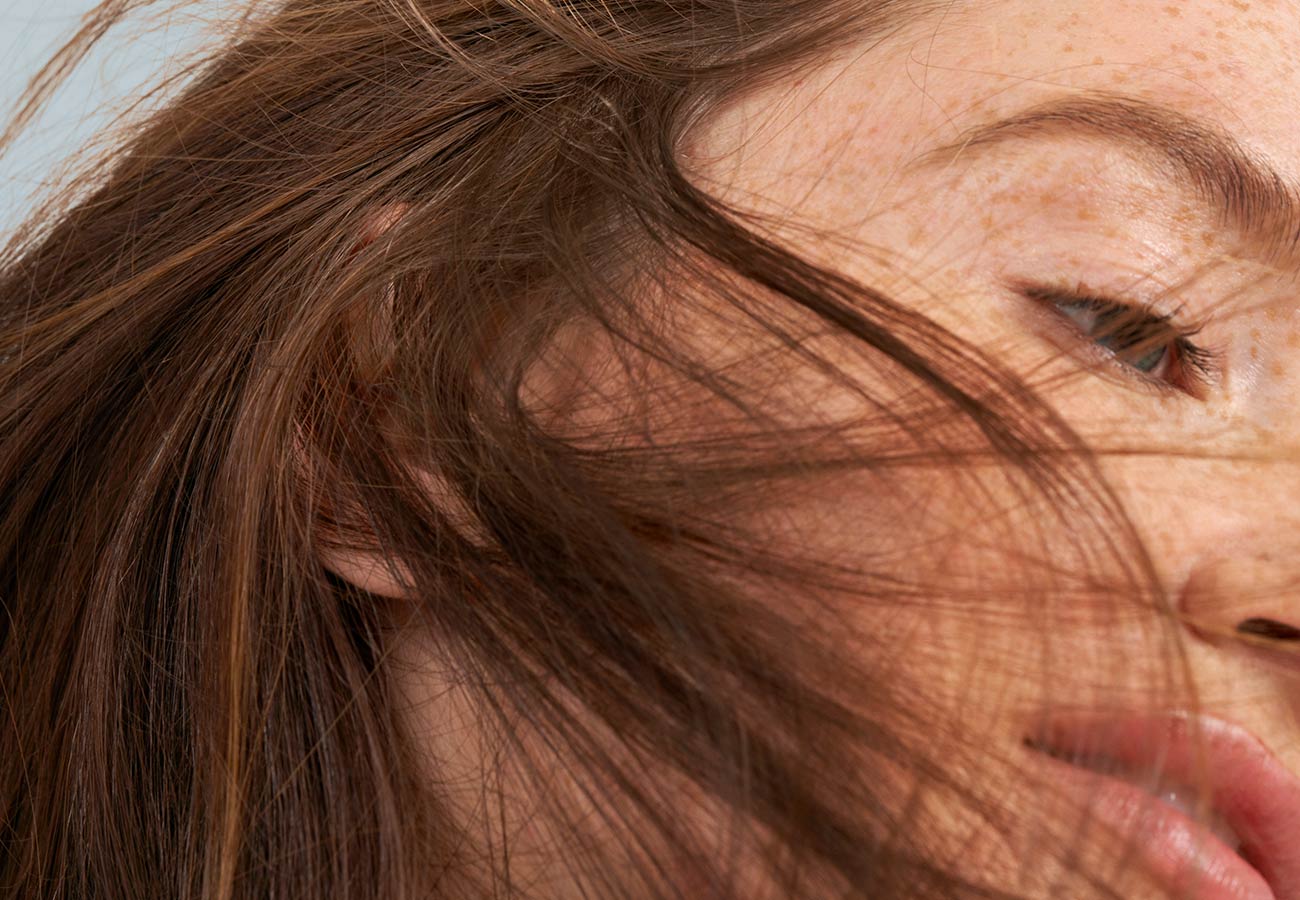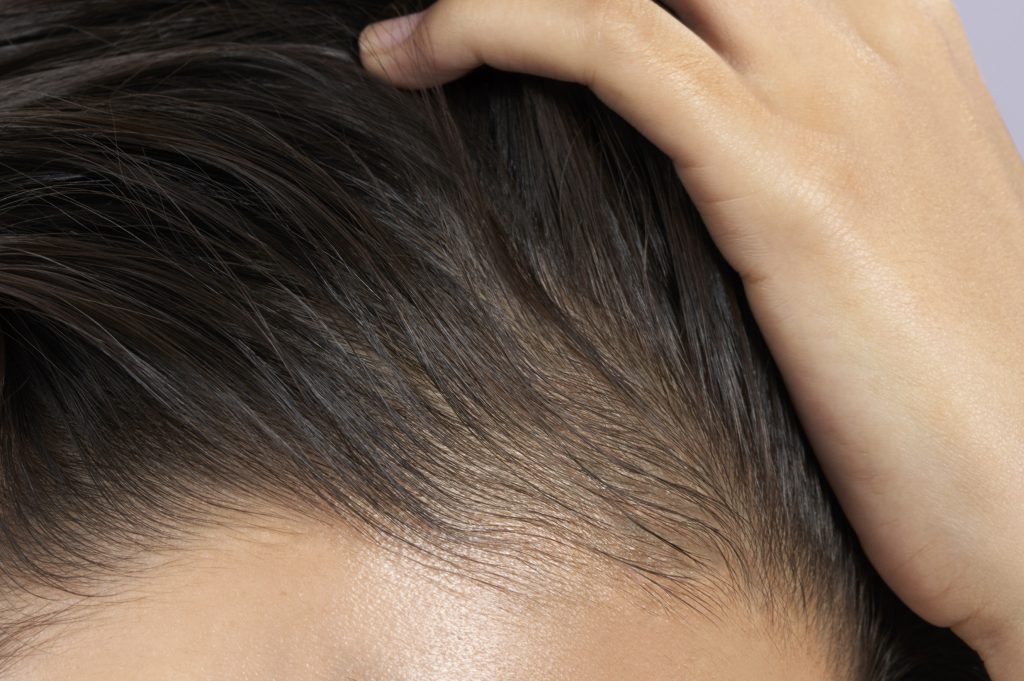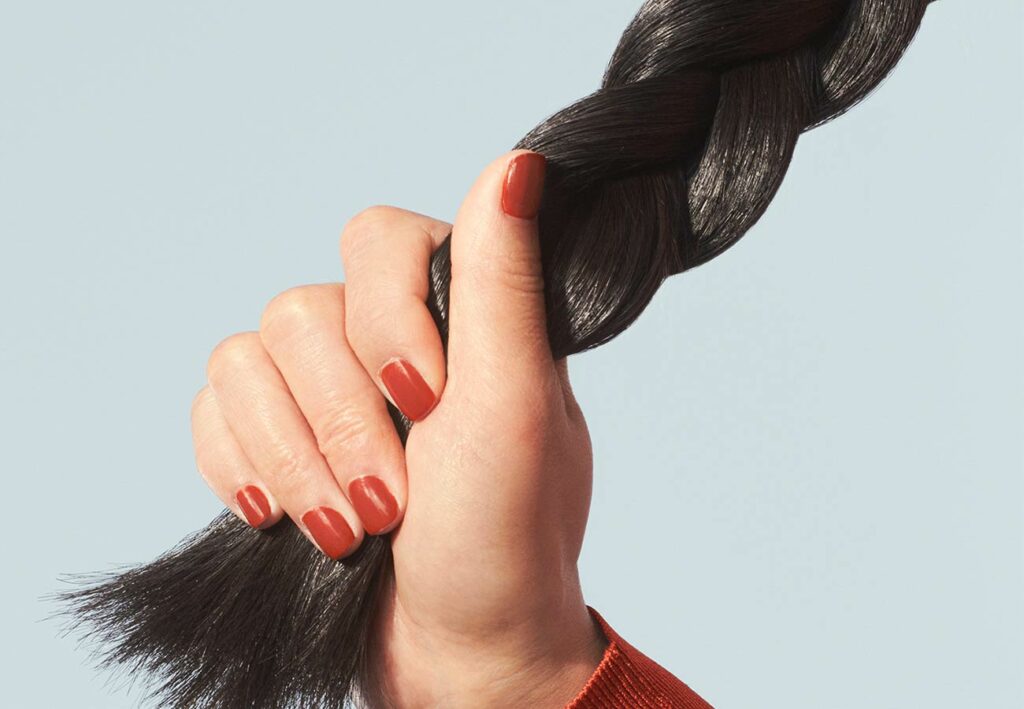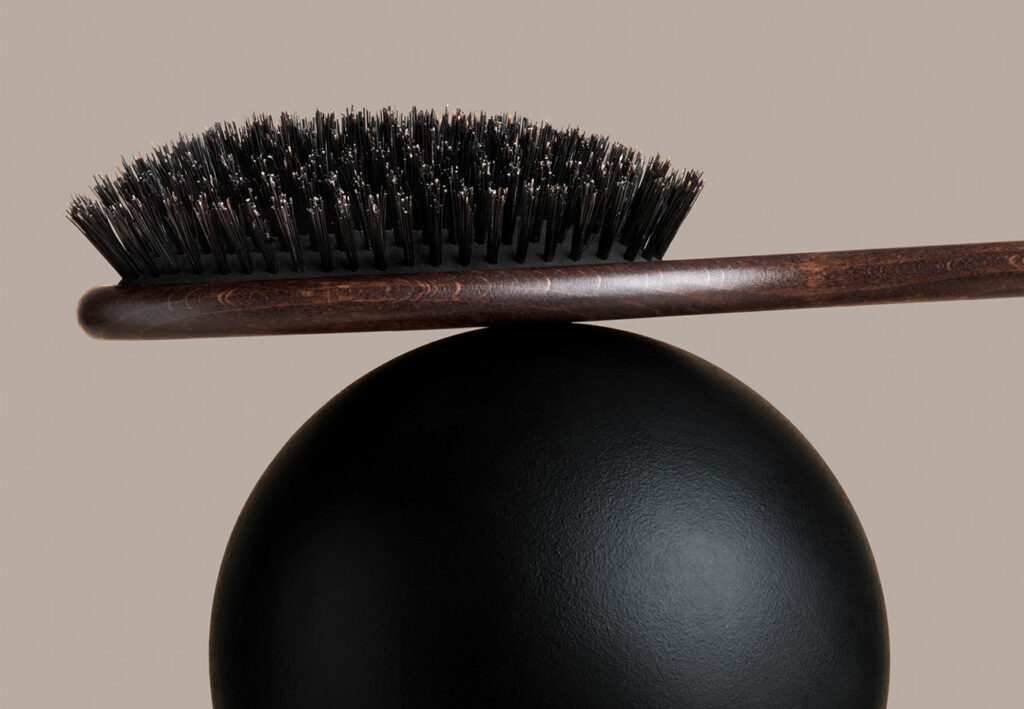What causes split ends?
Your hair grows out of follicles located in the deep layers of the skin on your scalp. Each hair follicle is connected to a blood vessel, which ensures that your hair gets all the amino acids, vitamins, and minerals that your body can supply to it.
There are two parts to what we call a hair strand: the root and the hair shaft. The hair shaft is the part you can see. It is surrounded by an oil gland, which provides it with natural lubrication. The hair is made up of 95% keratin—a protein that is insoluble in water—which serves to protect the hair.
The last thing you should know about the hair shaft is that it is made up of three distinct parts: the medulla, the cortex, and the cuticle. The medulla and cortex are the innermost parts of the hair shaft and are what gives your hair its shape and strength, while the cuticle is the outer part of the hair shaft.
The cuticle protects your hair from the elements, like the sun and saltwater, chemical treatments, or even excessive hair brushing. When the cuticle wears away, the inner part of the hair is exposed, which can cause it to unravel. This can lead to the hair “splitting.”
Now that we understand why you get split ends, let’s look at the different types of split ends that you can get. Keep in mind that although there are countless variations of split ends, in the end, they indicate one underlying problem: damage to the hair shaft. However, there are varying degrees of damage that may need different solutions. Read on to find out what your degree of damage is and what you can do to save your hair.
The basic split
This is a classic sign of hair damage and is probably the most recognizable type of split end. Basically, the end of your hair strand will look like it is split into two seemingly equal parts. What this means is that the cuticle has been worn away and that the inner part of your hair shaft is beginning to separate, which will lead to further splitting if not mended.
Of course, a hair cut is the most foolproof solution to getting rid of split ends, but for those of us who want to keep our length, we can use a product for reducing the degree of hair damage and preventing our split ends from getting worse. A hair mask that can restore moisture might be just what you need.
The baby split
This is similar to the basic split but in its early stages. In this case, the hair cuticle is also beginning to split, but it may be barely noticeable. This means that there is a much smaller degree of damage to the hair cuticle.
Similarly to with a basic split, if you notice that you have baby split ends, you can do a lot to improve your hair and prevent further damage by upping your use of hair masks and leave-in products meant to give you added moisture.
The candle
This is the very beginning stage of a split end. If you have this type of split end, you’ll notice that the bottom of the hair shaft is much thinner than the rest. This means that the cuticle has been worn away. However, the good news is that your hair has not started to split yet. Continue to nourish your strands and practice good hair care to keep the damage from getting worse.
The knot
While not exactly a split end, a knot—also known as a fairy knot—occurs when hair strands (most often curly kinds) tangle into themselves and cause it to form a knot. This can lead to hair breakage, especially if you brush your hair using a brush that isn’t right for your hair type. Take this as an early sign of damage and make sure that you are using a hairbrush made for your hair type while continuing to provide your hair with moisture and nourishment.
The feather
You will know you have feathered split ends if your hair strand is splitting in multiple places. This means that the hair cuticle has been worn away completely and that the hair cortex is completely losing its integrity.
If you notice a lot of feathered split ends in your hair, it might be hard to fix the damage with products alone, and a trip to the salon may be necessary. However, we know the time and effort it takes to grow out your hair, if that’s one of your hair goals. As such, after your trim, make sure to give your hair the proper nutrients from the inside to help your hair grow faster and even softer and shinier, and to prevent future split ends.
Split from split ends
Split ends happen when your hair cuticle is damaged because of, well, being human. We all experience sun and wind exposure, we all wash our hair with water of questionable quality, and some of us swim in salt and chlorinated water. And of course, part of enjoying our appearance means doing things to our hair that may not be so great for it (despite looking great). That should not stop you from enjoying your life, however.
Make sure to use products that take into account your unique hair type, your lifestyle and hair care habits, and your environmental stressors. Make your hair care routine work for you.





